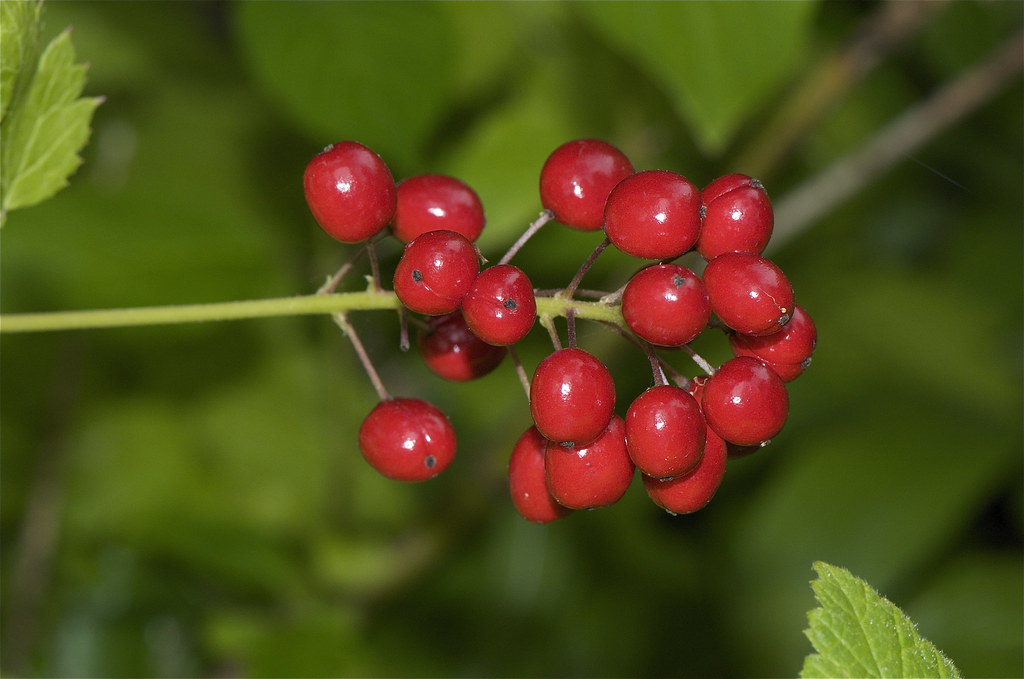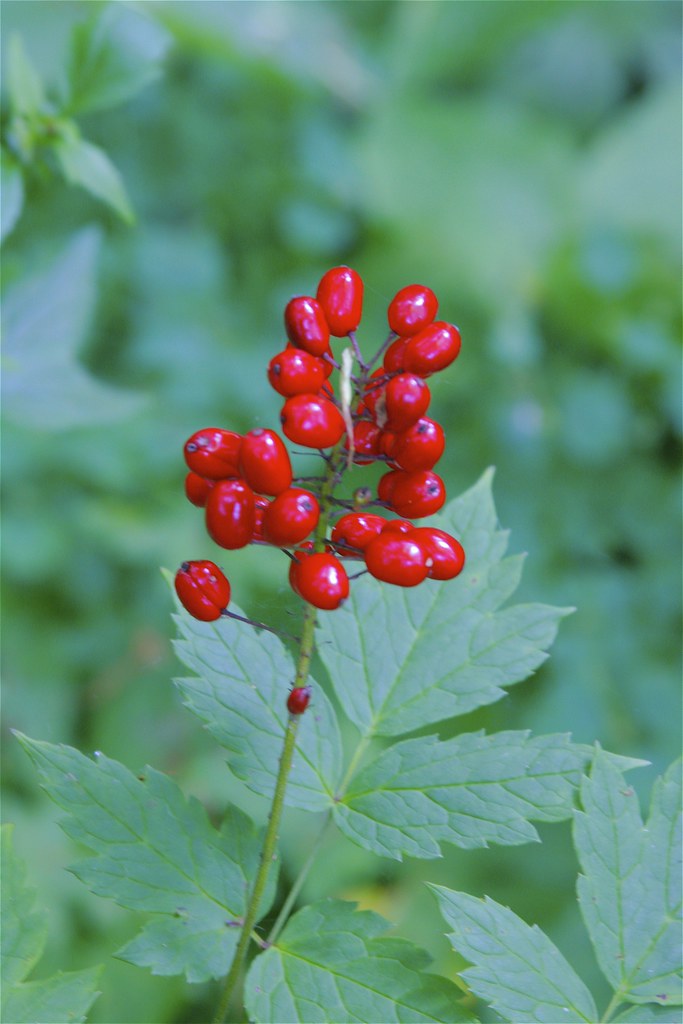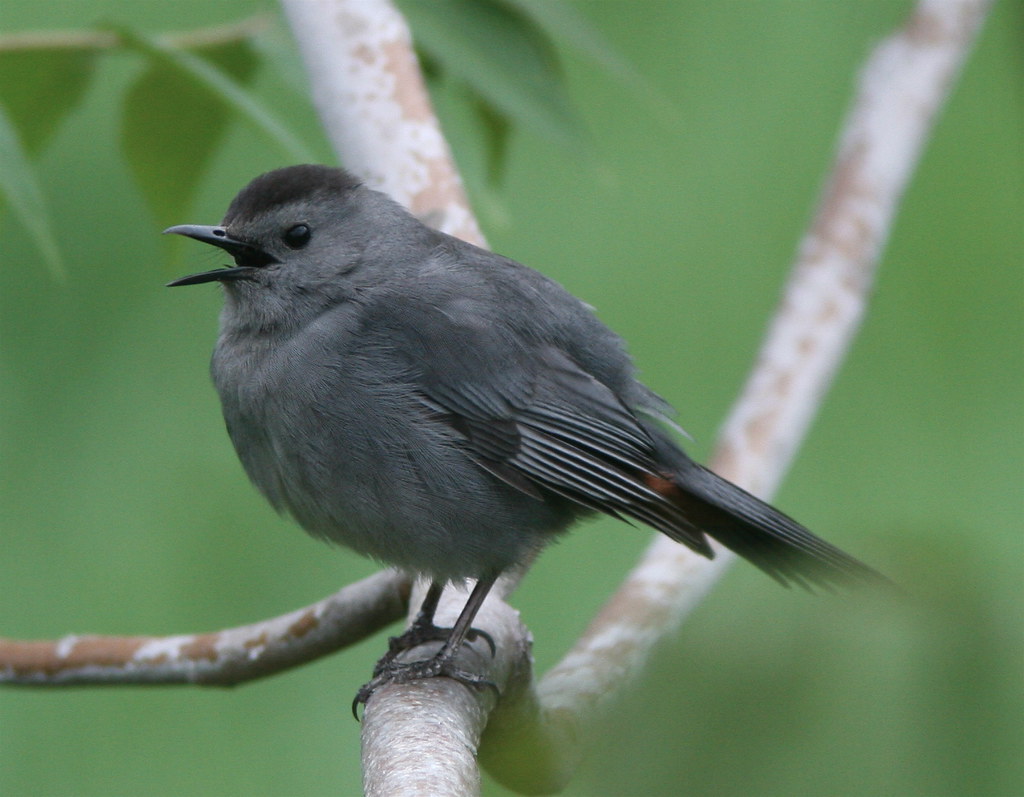Ericameria nauseosa
Asteraceae (Sunflower Family)
Quick ID
In general, rabbitbrush looks a bit like Big Basin Sage--a scrubby shrub with grayish-tinged, woolly leaves. Like sagebrush, it's found in dry, open plains or disturbed sites, and grows from 1 to 6 feet high. The leaves are linear and alternate on flexible stems. The yellow flowers bloom late (August-October), blanketing the plains and slopes with the type of brilliant display most flora exhausted months ago. Being in the Asteraceae family, each flower is actually a loose cluster of mini-blooms known as "disc flowers", like the ones in the eye of a sunflower or daisy. The "ray flowers" that we know as petals in other Asteraceae species are absent in rabbitbrush.
Range
Found up to 10,000', from Canada to Mexico, east of the Pacific mountain system and stretching to the Great Plains. Look for it growing near dryland bunchgrasses and shrubs like Big Basin Sage (Artemesia tridentata), Basin Wildrye (Leymus cinereus), Mountain Mahogany (Cercocarpus ledifolius) and Bluebunch Wheatgrass (Pseudoregenaria spicata).
What's in a Name?
The genus name Ericameria is relatively new to rabbitbrush. I'll spare you the taxonomy rant this time, and just say that I learned this plant as Chrysothamnus, a "golden thicket". Makes sense, right? But now this lovely Latin name that I've been sneakily slipping into casual conversation and engraving on my garden signs is no more, and we have Ericameria in its place. Erica is Greek for the heath plant, whose leaves are said to resemble those of the rabbitbrush.
 The "nauseous" root in the species name is in reference to the strong smell the plant gives off, rather than the idea that ingesting it will make you sick. In fact, the plant's thick latex has been used for centuries as a sort of chewing gum (hence the "Rubber" part). It provides shelter for and is eaten by rabbits and other small mammals.
The "nauseous" root in the species name is in reference to the strong smell the plant gives off, rather than the idea that ingesting it will make you sick. In fact, the plant's thick latex has been used for centuries as a sort of chewing gum (hence the "Rubber" part). It provides shelter for and is eaten by rabbits and other small mammals.In some southern parts of the country, Rabbitbrush is known almost exclusively as Chamisa, from the Spanish word for brush or kindling, and ultimately derived from the Latin chama (--> flamma--> "flame").
Tidbits
The presence of rabbitbrush, which often grows on very poor soils, is considered a useful indicator that land is eroded or overgrazed. It can be an important winter forage for antelope, mule deer and elk on depleted rangelands, but is sometimes reported to be toxic to livestock.
 The plant has a few adaptations that allow it to thrive in arid, inhospitable places. It's tolerant to a wide range of soil types, alkalinity, salinity, cold and drought. The felt-like fuzz covering the stems (technically known as trichomes) acts as insulation and reduces water loss. The light gray stems also reflect more heat than dark green leaves would, keeping the shrubs cool as a cuke in the harsh summer sun of the open prairie.
The plant has a few adaptations that allow it to thrive in arid, inhospitable places. It's tolerant to a wide range of soil types, alkalinity, salinity, cold and drought. The felt-like fuzz covering the stems (technically known as trichomes) acts as insulation and reduces water loss. The light gray stems also reflect more heat than dark green leaves would, keeping the shrubs cool as a cuke in the harsh summer sun of the open prairie.Historically, rabbitbrush has been used to make yellow or green dye, and prepared as a tea to help coughs and colds. The flexible twigs are good for baskets, and the seeds can be ground and used much like cornmeal.
People have been looking for a way to use the natural latex found in the roots and inner bark to produce rubber since the 1930s, but haven't found a commercially viable way to extract it. There is currently an investigation underway by the University of Nevada, looking at the potential of rabbitbrush as a multi-use industrial crop for biomaterial and bioenergy applications. Here's the interesting project summary.
Wild Gardening
Plants need about 4' of space, and take about 4 years to mature. They tend to produce a million branches, generally arising from a common point and not overtaking neighbor plants. New plants sprout up from the roots and can be divided, and the seeds germinate easily.These plants thrive in poor soils, and overwatering or fertilizing can produce leggy, sprawling growth. If your rabbitbrush is getting a little wily from growing in moist, rich soil, go ahead and give it a heavy pruning in early spring. Trimming till the branches along the stems are about 6" will make for more compact, bushy growth the next season.
Being a late bloomer, rabbitbrush fills an important niche both as an ornamental perennial and a fall pollen source for bees, flies and butterflies. To see this plant in late fall, spilling over with brilliant color and buzzing with hundreds of hungry and deprived insects, is really incredible. It tolerates fussing-over, but seems to delight in neglect: no extra water, no soil amendments, no pruning or deadheading. The soft, pale branches complement the muted palette of a xeric landscape perfectly, and provide a safe haven for nesting birds and other small animals.
The rubber rabbitbrush planted here provides a strong structural element to this native thicket. In the foreground is green rabbitbrush (Ericameria viscidiflorus), which tends to be a more compact shrub with lush yellow blooms.














+flower.JPG)
.jpg)































